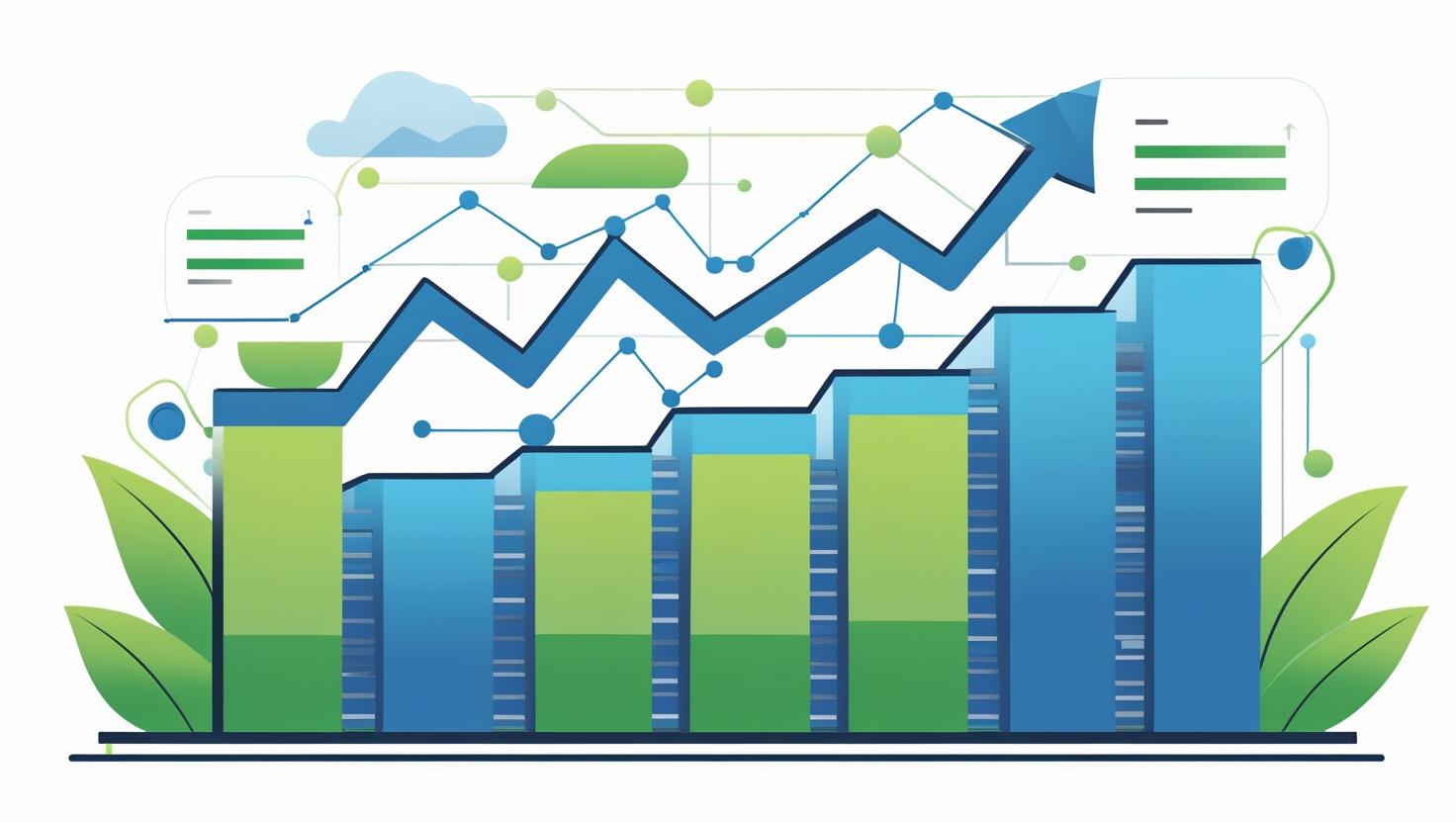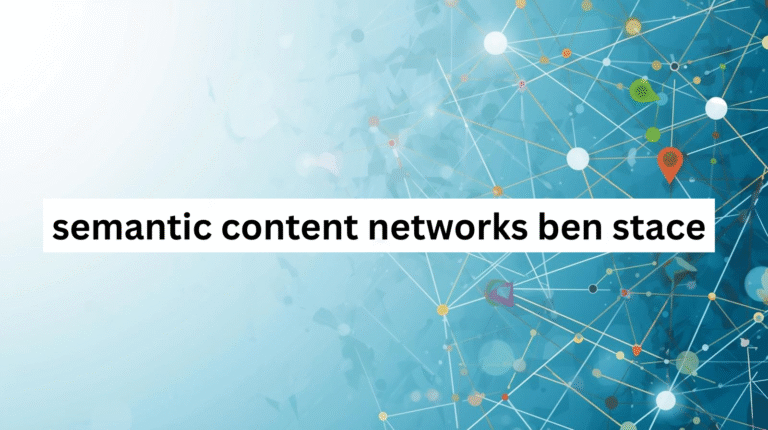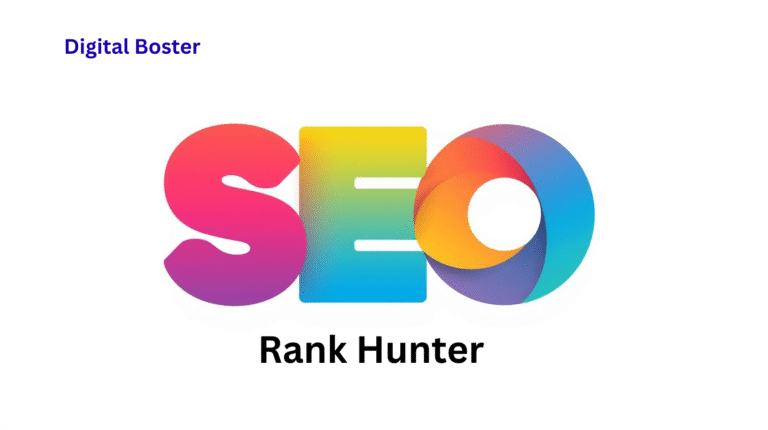Introduction
What if you could change that entire game? That’s exactly what happens when you combine strategic link building with rapid URL indexer technology. Instead of playing the waiting game, you’re putting your backlinks on the express track to search engine recognition.
This isn’t some sketchy SEO hack. We’re talking about legitimate, white-hat techniques that work within Google’s guidelines to speed up URL crawling and get your hard-earned links indexed faster than traditional methods ever could.

The Hidden Problem Most SEO Professionals Never Talk About
Here’s something that’ll blow your mind: Research shows that up to 40% of backlinks never get indexed naturally. That means nearly half of your link building budget might be disappearing into the void.
Think about that for a second. You’re spending time, money, and effort securing quality placements, but four out of ten might never actually help your rankings. It’s like paying for premium gas but having it leak out of your tank before it reaches the engine.
Fast URL indexing solves this massive blind spot in most SEO strategies. When you know how to get your backlinks indexed quickly and reliably, you’re essentially turning up the volume on your entire link building campaign.
Traditional SEO wisdom tells us to “build great links and wait patiently.” But patience doesn’t pay the bills when your competitors are outranking you for money keywords. Smart SEO professionals have discovered that backlink indexing acceleration can compress months of waiting into days of results.
What Exactly Is Rapid URL Indexing for Link Building?
Let’s break this down in simple terms. When you publish content or get a backlink, search engines don’t automatically know about it. They have to discover it through their regular crawling process, which can take forever.
Rapid backlink indexing tools act like a notification system for search engines. Instead of waiting for Google’s bots to stumble across your new links during their routine patrols, you’re sending them a direct message: “Hey, check out this awesome new backlink!”
Think of it like the difference between leaving a note on someone’s desk versus sending them a text message. One might get noticed eventually, the other gets immediate attention.
The Science Behind Search Engine Discovery
Search engines use sophisticated algorithms to crawl and index web content, but they’re not omniscient. Google’s crawlers work systematically, following links and updating their massive database. However, they prioritize certain types of content and websites over others.
High-authority sites get crawled more frequently, but that doesn’t guarantee your specific backlink will get noticed quickly. Newer websites, guest post platforms, or sites with less frequent updates might only get crawled weekly or monthly.
URL indexer tools bypass this uncertainty by submitting URLs directly to search engines through official channels. This process leverages legitimate APIs and submission protocols that search engines have created for webmasters and SEO professionals.
Why Traditional Link Building Leaves Money on the Table
Most businesses approach link building like they’re planting seeds and praying for rain. They secure quality placements, update their tracking spreadsheets, and assume the magic happens automatically. Unfortunately, that’s where many campaigns plateau.
The traditional approach suffers from several critical weaknesses that SEO link building strategies with rapid indexing solve systematically.
Invisible Success Problem: You might have amazing backlinks that search engines simply haven’t discovered yet. Without proper indexing, these links provide zero ranking benefit despite their potential value.
Measurement Nightmare: How do you calculate link building ROI when you don’t know which links are actually “live” in search engine indexes? You might be attributing ranking improvements to the wrong tactics or missing opportunities to double down on what’s working.
Competitive Disadvantage: While you’re waiting weeks for natural indexing, competitors using quick URL submission tools are already seeing ranking improvements from their link building efforts.
Resource Waste: Time and money invested in securing backlinks that never get indexed represents pure waste. It’s like buying advertising space in invisible locations.
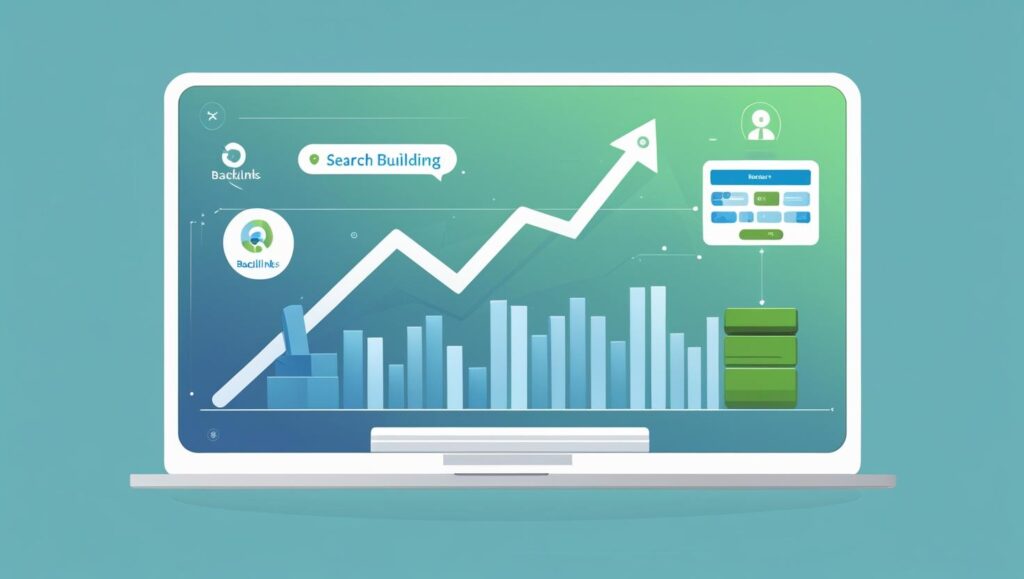
The Game-Changing Benefits of SEO Backlink Acceleration
When you integrate indexing service for SEO tools into your link building workflow, the transformation is immediate and measurable. You’re not just building links — you’re building links that start working within hours instead of weeks.
Compressed Timeline: Instead of waiting 4-6 weeks to see if new backlinks influence your rankings, you often see movement within days. This acceleration allows for faster strategy iteration and optimization.
Increased Success Rate: By actively submitting your backlinks for indexing, you can often achieve 80-90% indexing success rates compared to 60-70% through natural discovery alone.
Better ROI Tracking: When you know exactly when your links get indexed, you can accurately measure which link building tactics deliver the best return on investment. This data drives smarter budget allocation and strategy decisions.
Competitive Edge: While competitors rely on hope and patience, you’re operating with precision and speed. This advantage compounds over time as you build momentum faster than they can match.
Choosing the Right Tools for Faster Google Indexing
Not all search engine indexing tools are created equal. The market includes everything from free basic options to enterprise-level solutions with advanced features and integrations.
Essential Features to Prioritize
Submission Success Rate: Look for tools that consistently achieve high indexing success rates. A tool that indexes 90% of submissions is worth more than one that’s faster but less reliable.
Speed and Efficiency: The best automated link indexing tools typically process submissions within 24-48 hours. However, prioritize consistency over pure speed.
Reporting and Analytics: Quality tools provide detailed reports showing exactly which URLs got indexed, when it happened, and any issues encountered. This transparency allows for continuous optimization.
Integration Capabilities: Tools that integrate with popular SEO platforms like Ahrefs, SEMrush, or Screaming Frog streamline your workflow and reduce manual data entry.
Compliance and Safety: Only use tools that operate within search engine guidelines. Avoid any service that promises unrealistic results through questionable methods.
Popular Indexing Solutions Worth Considering
Several legitimate platforms have earned strong reputations for high-speed URL submission without risking penalties or algorithmic issues.
Google Search Console remains the most authoritative option for URL submission, though it’s primarily designed for your own content rather than third-party backlinks. The URL Inspection tool can request indexing for specific pages.
IndexNow is Microsoft’s open-source protocol that allows instant notifications to participating search engines including Bing, Yandex, and others. While adoption is still growing, it represents the future of rapid indexing.
Professional SEO Platforms like Ahrefs, SEMrush, and Majestic often include indexing features as part of their comprehensive suites. These tools combine indexing with powerful analytics and reporting.
Specialized Indexing Services focus exclusively on rapid URL processing and often provide the highest success rates and fastest processing times.
Step-by-Step Implementation Guide for Maximum Results
Ready to transform your link building with SEO performance enhancer techniques? Here’s your complete roadmap from setup to optimization.
Phase 1: Foundation and Audit
Start by auditing your existing backlink profile using tools like Ahrefs, Majestic, or SEMrush. Identify which of your current links are indexed and which might be missing from search engine databases. This baseline measurement helps you understand the potential impact of rapid indexing.
Document your current link building workflow from initial outreach through placement confirmation. Look for opportunities to integrate indexing steps without disrupting successful processes you already have in place.
Create a tracking system that monitors each link’s journey from placement through successful indexing. Many professionals use spreadsheets or project management tools to maintain visibility over hundreds of potential placements.
Phase 2: Tool Selection and Setup
Research and test 2-3 different backlink indexing service options to find the best fit for your specific needs and budget. Many professionals use a combination of free and paid tools for maximum coverage across different search engines.
Set up proper tracking and reporting systems that integrate with your existing SEO workflow. The goal is seamless operation where indexing becomes an automatic part of your link building process.
Configure submission schedules that appear natural to search engines. Rather than submitting dozens of links simultaneously, spread submissions across days or weeks to maintain realistic link velocity.
Phase 3: Campaign Execution and Monitoring
Execute your link building campaigns using established best practices, focusing on earning links from relevant, authoritative sources that provide genuine value to readers.
The moment each new backlink goes live, submit it through your chosen instant backlink approval tools. Timing matters — fresh links often get prioritized for faster indexing.
Monitor indexing progress regularly using the reporting features of your chosen tools. Most quality platforms provide status updates within 24-48 hours, allowing you to identify and address any issues quickly.
Phase 4: Optimization and Scaling
Analyze which types of links get indexed fastest and focus your future efforts accordingly. Different websites have different crawling schedules, and understanding these patterns improves your overall efficiency.
Track the correlation between faster indexing and ranking improvements. While causation isn’t always clear, patterns often emerge that guide strategy optimization.
Gradually scale your operations as you gain confidence and see results. Google index faster techniques work best when implemented consistently over time rather than in sporadic bursts.
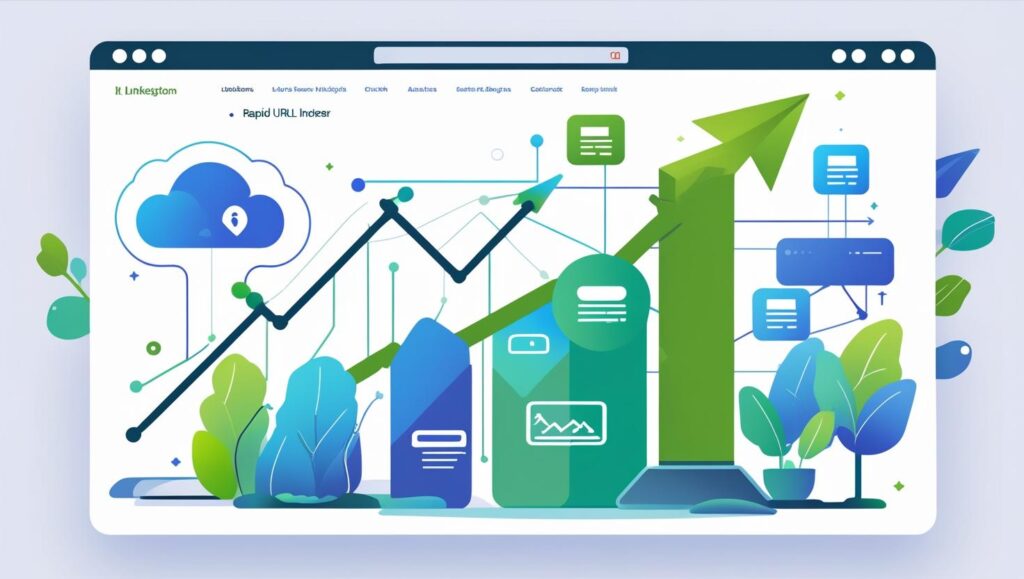
Common Mistakes That Sabotage Rapid Indexing Success
Even with the best accelerated search engine visibility tools, certain mistakes can undermine your efforts and potentially harm your SEO performance.
Over-Submission and Spam Signals
Submitting the same URL multiple times doesn’t speed up indexing — it might actually trigger spam filters or waste your submission credits. Quality indexing tools typically prevent duplicate submissions automatically, but manual processes require careful tracking.
Solution: Maintain detailed records of all submissions and use tools that automatically prevent duplicates.
Ignoring Link Quality in Favor of Speed
Rapid URL indexing tools can’t transform poor-quality links into valuable ones. Prioritizing indexing speed over link quality is like putting premium fuel in a broken engine — the fundamental problems remain.
Solution: Always prioritize earning links from reputable, relevant sources before worrying about indexing acceleration.
Unnatural Link Velocity Patterns
Building and indexing hundreds of links overnight creates unnatural patterns that search engines can easily detect. Even legitimate links can appear suspicious when they’re indexed en masse.
Solution: Maintain realistic link acquisition and indexing rates that match your site’s authority level and niche expectations.
Poor Integration with Overall SEO Strategy
Treating rapid indexing as a standalone tactic instead of integrating it with broader SEO efforts limits its effectiveness and can create strategic conflicts.
Solution: Ensure your indexing efforts support and amplify your overall content marketing, technical SEO, and user experience initiatives.
Measuring Success: KPIs That Actually Matter
How do you know if link building with rapid URL indexer strategies are delivering real business results? Track these essential metrics to optimize your approach and justify continued investment.
Indexing Speed and Success Rate: Measure the average time between link placement and search engine recognition, plus the percentage of submitted links that successfully get indexed. Successful implementation typically reduces indexing time from weeks to days while achieving 80%+ success rates.
Rankings Impact Over Time: Monitor keyword rankings before and after implementing rapid indexing to identify correlation patterns. While direct causation can be difficult to prove, consistent patterns often indicate effectiveness.
Organic Traffic Growth: Track organic search traffic patterns, particularly for keywords where you’ve actively built and rapidly indexed backlinks. Links that get indexed quickly often contribute to measurable traffic increases within weeks rather than months.
Return on Investment: Calculate the cost of rapid indexing tools and services against the value of faster ranking improvements and increased organic traffic. The best strategies pay for themselves through accelerated results.
Advanced Strategies for Power Users
Once you’ve mastered the fundamentals, these advanced techniques can amplify your results and create even stronger competitive advantages.
Strategic Timing Optimization
Submit links for indexing during peak crawling times when search engine activity is highest. Many SEO professionals report better results when submitting during business hours in major search engine markets like the US and Europe.
Research suggests that Tuesday through Thursday submissions often process faster than weekend submissions, possibly due to higher overall web activity and crawler deployment.
Contextual Content Reinforcement
Create supporting content that naturally references and reinforces your newly indexed backlinks. Internal linking strategies and content marketing can amplify the value of your backlink investments.
When you publish new content that mentions or expands on topics covered by your recently indexed backlinks, you’re creating relevance signals that search engines value highly.
Multi-Engine Distribution Strategy
Don’t focus exclusively on Google indexing. Bing, Yahoo, DuckDuckGo, and other search engines often have different crawling patterns and indexing priorities. Diversifying your indexing efforts provides more comprehensive coverage and additional traffic sources.
Some businesses discover that alternative search engines provide easier ranking opportunities, making broad indexing distribution a valuable hedge against Google algorithm changes.
The Future of Link Building and Rapid Indexing
Search engines continue evolving their crawling and indexing algorithms, with artificial intelligence playing an increasingly important role in content discovery and evaluation. These changes make rapid indexing even more valuable as AI systems can process and evaluate indexed content faster than traditional algorithms.
Machine learning algorithms are becoming better at identifying high-quality backlinks quickly, which means properly indexed quality links can influence rankings more rapidly than ever before. This trend rewards SEO professionals who combine quality link building with strategic indexing acceleration.
The rise of real-time content and social media integration also favors businesses that can get their links indexed and recognized quickly. Speed increasingly becomes a competitive advantage as search engines prioritize fresh, relevant content.
FAQ’s
How Quickly Can Rapid URL Indexers Actually Work?
Quality fast URL indexing tools typically achieve results within 24-48 hours for most submissions, though actual speed varies based on several factors. The source website’s authority, content quality, and current search engine workloads all influence indexing speed. Some high-priority links may get indexed within hours, while others might take several days even with acceleration. The key advantage isn’t guaranteed instant results, but significantly faster average processing compared to natural discovery methods.
Are These Tools Safe for Long-Term SEO Performance?
When you use legitimate URL indexer tools that operate within search engine guidelines, they’re completely safe and often recommended by SEO professionals. These tools simply notify search engines about new content through official channels — they don’t manipulate rankings or use black-hat techniques. However, avoid services that promise unrealistic results, use private blog networks, or employ other questionable methods that could trigger penalties.
Can I Use Rapid Indexing for My Own Website Content Too?
Absolutely! While this guide focuses on backlink indexing, quick URL submission tools work excellently for your own content. New blog posts, product pages, service descriptions, and other site updates benefit from rapid indexing just as much as external backlinks. Many businesses use these tools for both internal content and backlink acceleration as part of a comprehensive SEO strategy.
Conclusion: Your Express Lane to SEO Success
Link building with rapid URL indexer technology isn’t just about speed — it’s about maximizing the return on every SEO dollar you invest. Every day your quality backlinks remain unindexed represents missed opportunities for ranking improvements, organic traffic growth, and business development.
The combination of strategic link building and SEO backlink acceleration creates a powerful competitive advantage that compounds over time. While your competitors wait weeks for their links to get noticed naturally, you’re already measuring results and optimizing strategies based on real performance data.
Remember, these tools amplify good link building — they can’t fix fundamental problems with your approach or transform low-quality links into ranking powerhouses. Focus on earning quality links from relevant, authoritative sources, then use rapid indexing to ensure those investments start paying dividends immediately instead of eventually.
The search landscape evolves rapidly, and businesses that adapt fastest often capture the most valuable opportunities. Faster Google indexing gives you that crucial head start, turning your link building efforts into ranking improvements in record time rather than hoping and waiting.
Ready to transform your SEO performance? Start implementing these strategies today and watch your hard-earned backlinks begin working for you immediately. The difference between hoping your links get noticed and knowing they’re actively boosting your rankings is the difference between amateur SEO and professional success.
